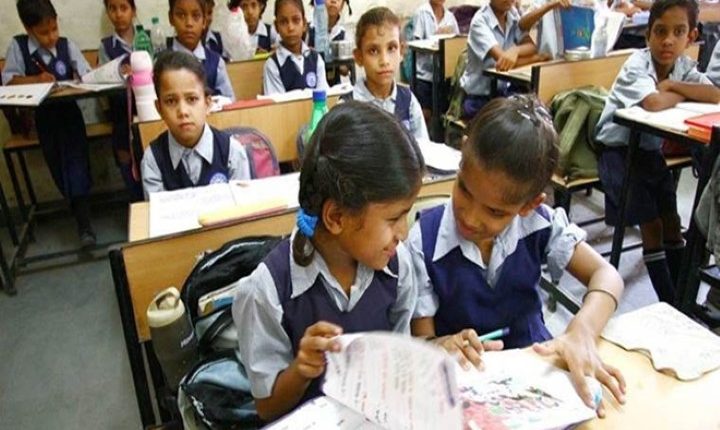‘Mission Buniyaad’ Good For Improving Learning Outcome: DCPCR Report
The case study by DCPCR was carried out in the northeast district of the national capital and 30 schools were selected for sampling purpose.
The Delhi Government’s “Mission Buniyaad” has become a successful initiative for the improvement of learning and reading skills among students, a case study done by the Delhi Commission for Protection of Child Rights (DCPCR) says. The case study by DCPCR was carried out in the northeast district of the national capital and 30 schools were selected for the sampling purpose.
Mission Buniyaad:
Mission Buniyaad was launched by the Delhi government in 2018 with the aim of making students of Classes 3-9 learn to read, write and solve basic math problems, who were unable to do it.
Deputy Chief Minister Manish Sisodia, who released the report on Saturday, said the AAP government had taken several initiatives for improving education scenario of Delhi and “Mission Buniyaad” was one of them.
“Earlier, if there were 30 students in a class who could not read or decipher the text from their books, after Mission Buniyaad, that number has gone down to 15. But we have a long way to go from here,” Sisodia said.
“We have achieved, 96 per cent results in board exams, built good infrastructure, and other facilities, but our focus is also on solidifying the learning foundation of our students,” the deputy chief minister said.
DCPCR Report’s Findings:
- The DCPCR report titled ‘Mission Buniyaad: A Case Study’ said the Delhi government’s drive has led to a 20 per cent increase in the number of students between class three and five who can solve arithmetic division problems.
- There has been a 12 per cent increase (between pre-test and post-test) in the number of students between class three and five who can read a story in Hindi, and a 15 per cent increase in children of class six to class nine who can read ‘advance story’ in Hindi, it said.
- Even though the learning outcomes of girls and boys in the northeast district are almost on par with each other, boys have shown slightly more improvement than girls in cohorts, classes three to five and classes six to nine, the study said.
According to the report, this opens the possibility of the children being able to understand other subjects such as science and social science more effectively.
The report further stressed that such schools should focus on strengthening foundational learning skills, since nearly 90 per cent of students studying in class six of schools run by the Delhi government come from civic bodies-run schools.
Although the three Municipal Corporations of Delhi too implemented “Mission Buniyaad” in their schools last summer, the progress of children was not tracked regularly and consistently, said the report.
Recommendations Made By The DCPCR Report:
It recommended that a structured approach of “Mission Buniyaad” be followed with students of classes three to five in all schools of three Municipal Corporations and the Directorate of Education, reports India Today.
The study also highlighted how there is a need to focus on building early literacy and numeracy abilities in students so that they are able to access grade-level texts as well as learning materials in all subjects in subsequent years.
It should become a part of regular teaching and learning in early grades, the report said, adding students who are unable to progress beyond beginner level after intervention must be assessed for learning disabilities. “Moreover, their attendance must also be tracked and improved in cases of prolonged absenteeism,” it said.
The report stressed on the need to strengthen the ecosystem around the girls’ schools — assuring that all stakeholders are aware of their roles in enabling student outcomes, and play an active part in ensuring the same.


Comments are closed.